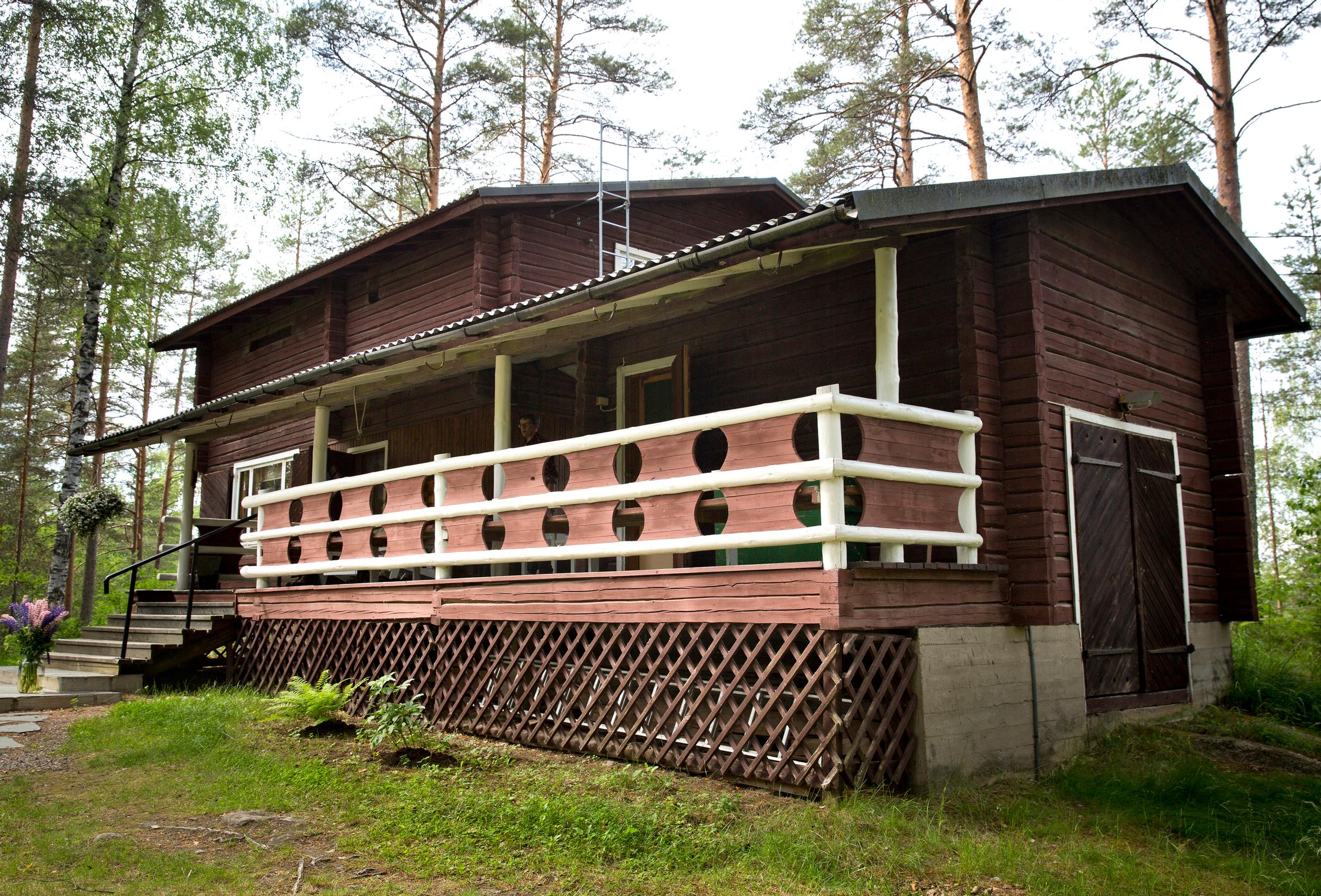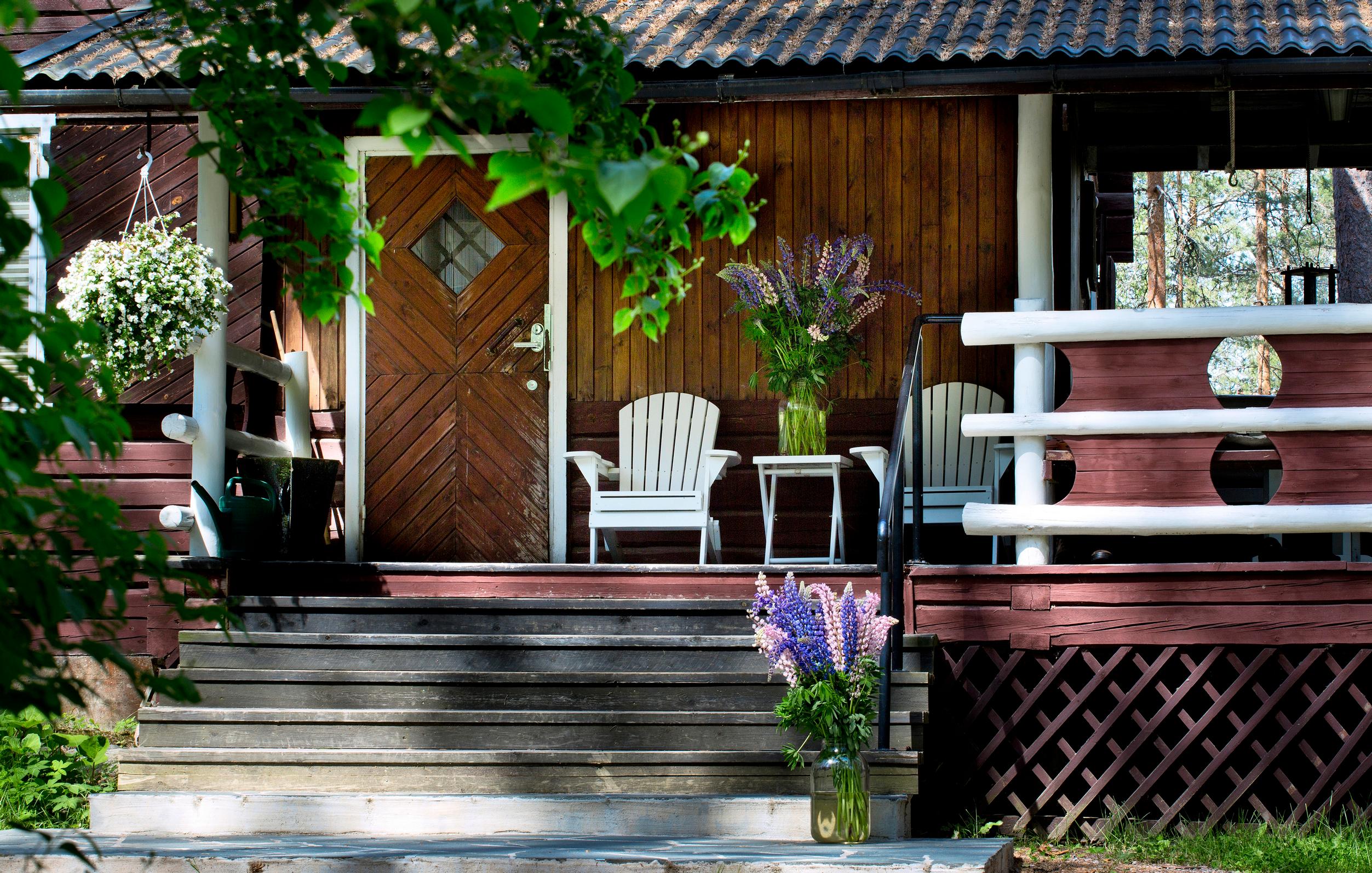
This idyllic designer paradise has been a family’s beloved summer home for six generations
Retired TV personality Inari Uusimäki, known for her long career at the Finnish Broadcasting Company, spends her summers at her family villa in Heinola, Finland. This villa, called Levonniemi, is not just any place—it was designed by Alvar and Aino Aalto, famous Finnish designer couple, for Inari’s maternal grandfather, Professor and Member of Parliament Kalle Kauppi.
At the end of a sandy road, on a rocky lakeshore, stands a sturdy brown log villa that blends perfectly into the landscape. This is Levonniemi, the family summer home of Finnish TV personality Inari Uusimäki. The two-story main building and lakeside sauna have stood on the property since 1948. Levonniemi, also known as Villa Kauppi, is one of the private villas designed by Aino and Alvar Aalto.
The Aaltos designed the villa for Inari’s maternal grandfather, Kalle Kauppi, who was a professor and Member of Parliament. The Kauppi family has lived in the area for centuries.
“This was once a large estate with its own store, dairy, and mill,” Inari explains.
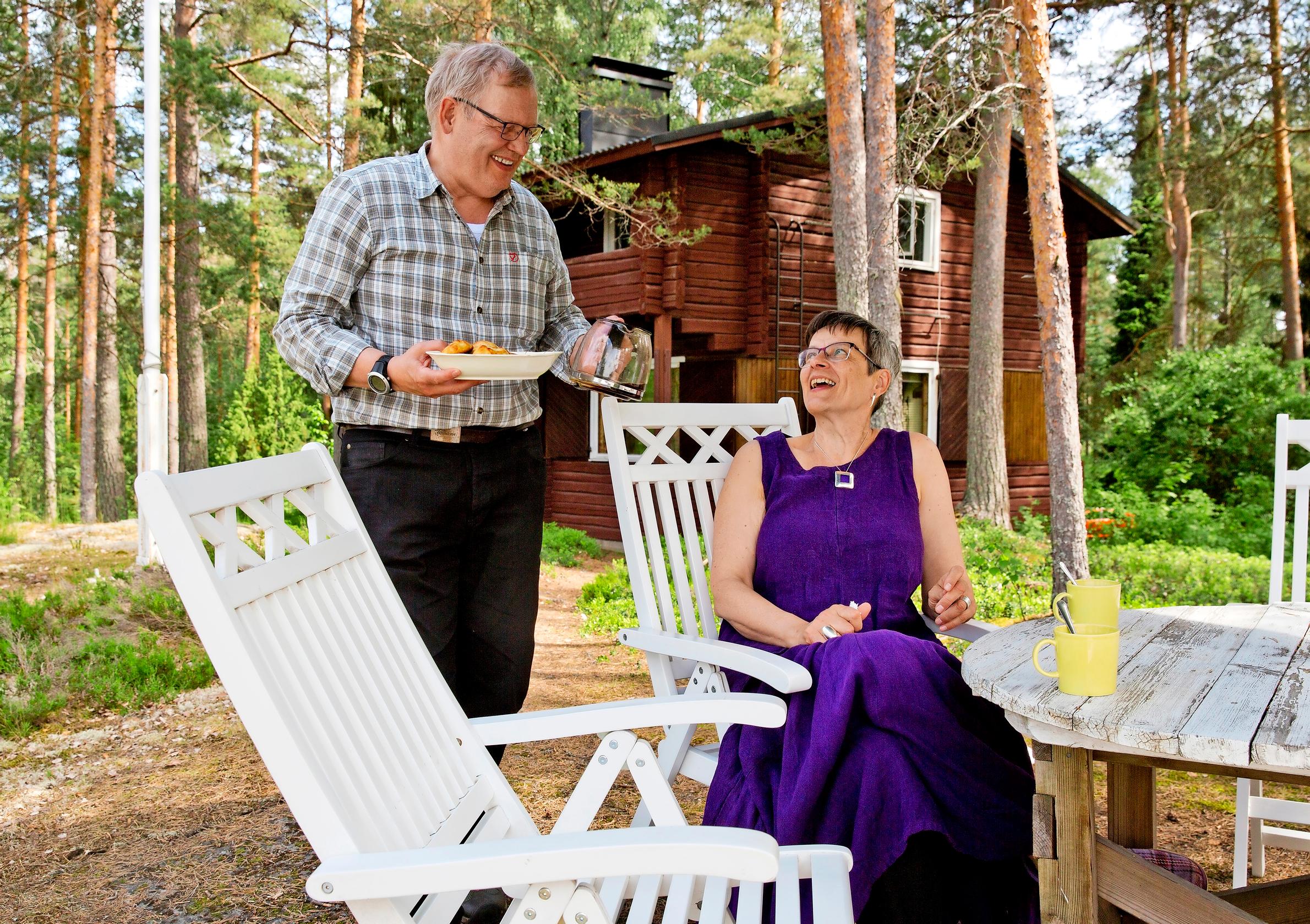
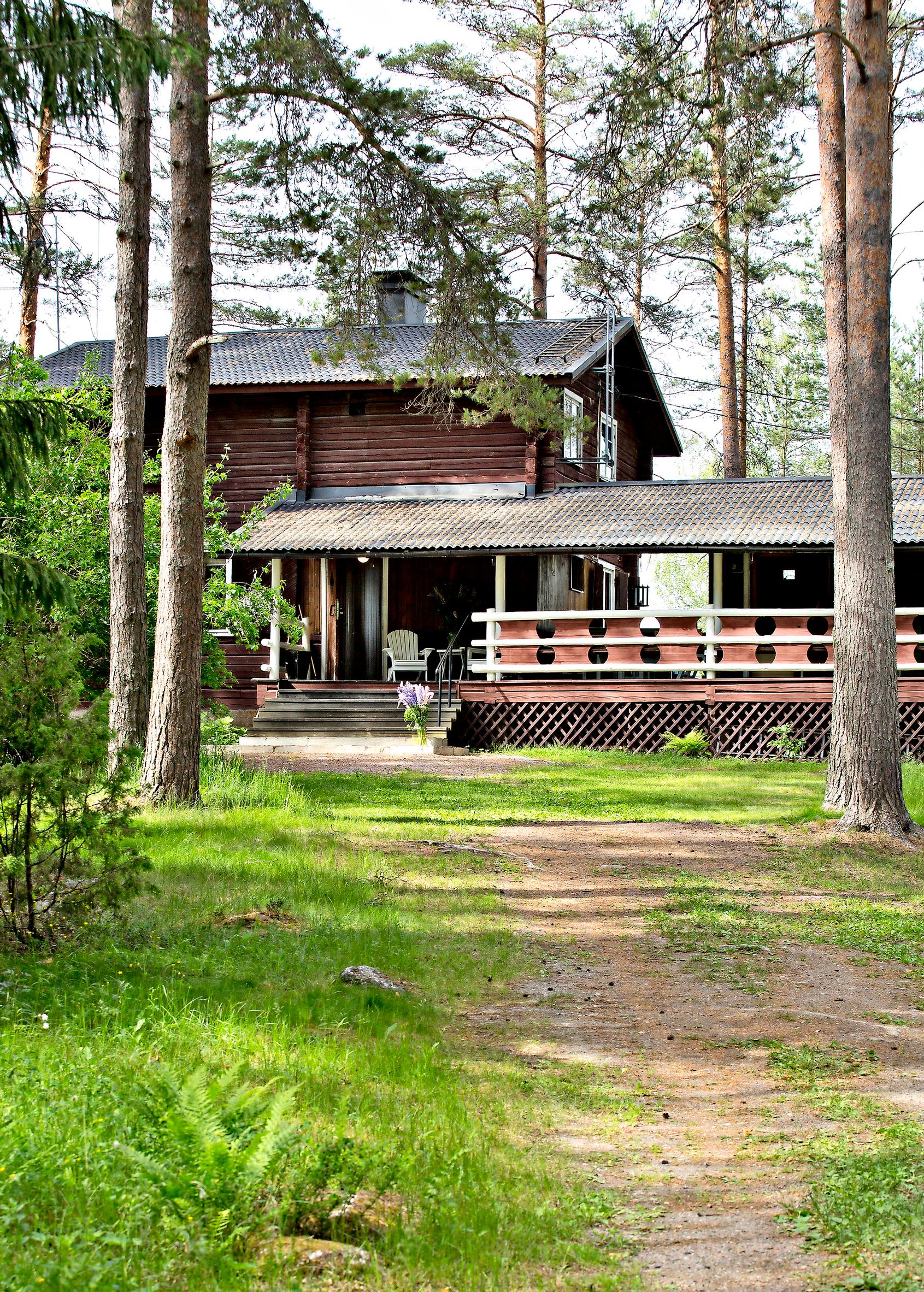

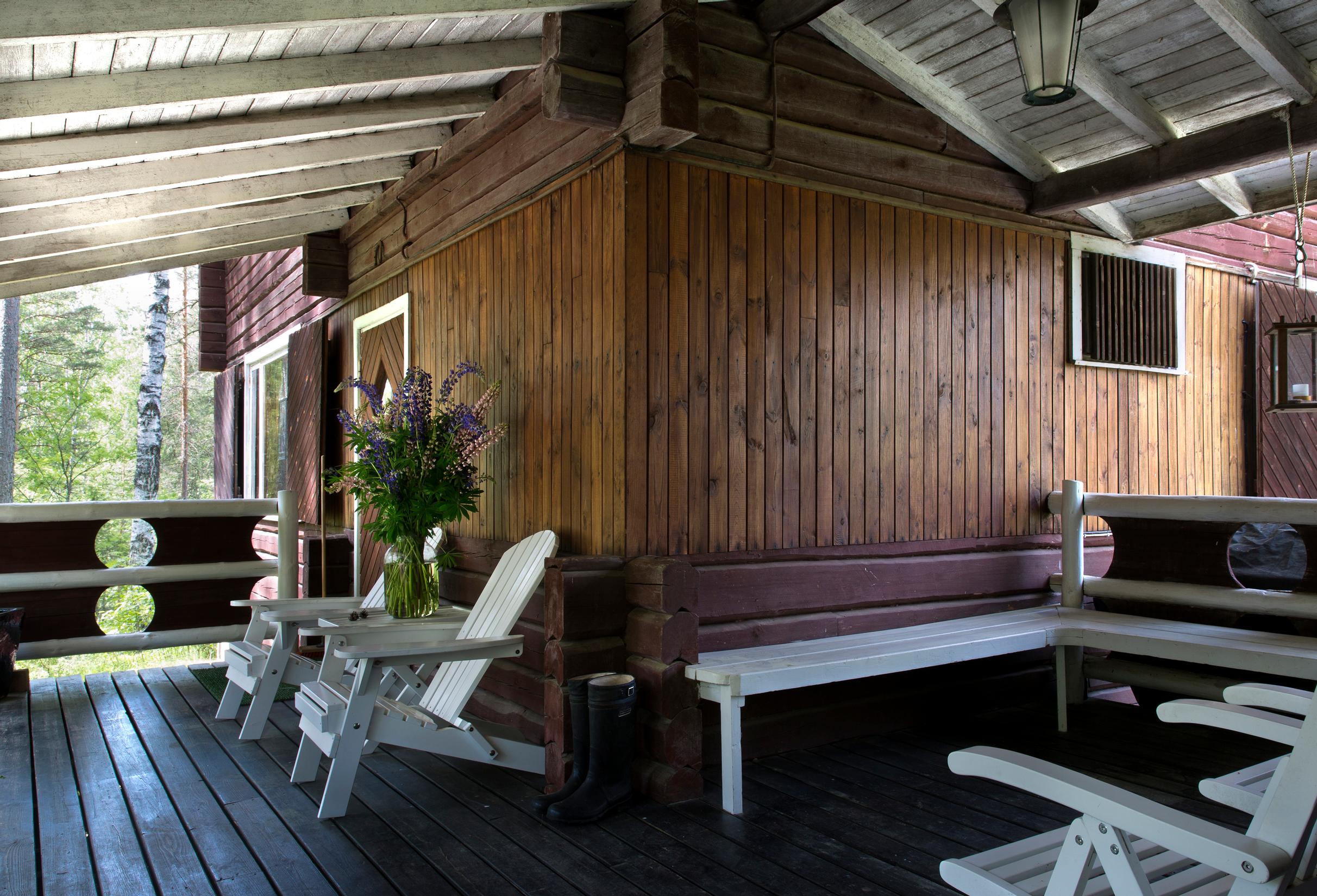
According to legend, Alvar Aalto and Kalle Kauppi discussed the project on an international flight. However, the story doesn’t specify whether the work was commissioned or if Alvar Aalto himself offered to design it.
“The initial sketches are by Aino from the 1930s, but Alvar finalized them,” Inari adds.
The Aaltos lived during the era of Karelianism, a cultural phenomenon in the late 19th century Finland characterized by the fascination for Karelian culture. The Karelian influence is indeed clearly visible in many structures, such as the railing that borders the main building’s outer porch. The porch and canopy connect the main building to the guesthouse, which was originally a woodshed.
The main building and lakeside sauna are not entirely in their original state, as the villa originally had a shingle roof. Now it is protected by metal sheets. The sauna has been expanded with a sauna lounge.
“Next, the main building needs to be painted. Fortunately, my mother Kerttu left precise details about the paint from Virtanen’s paint factory,” Inari says.
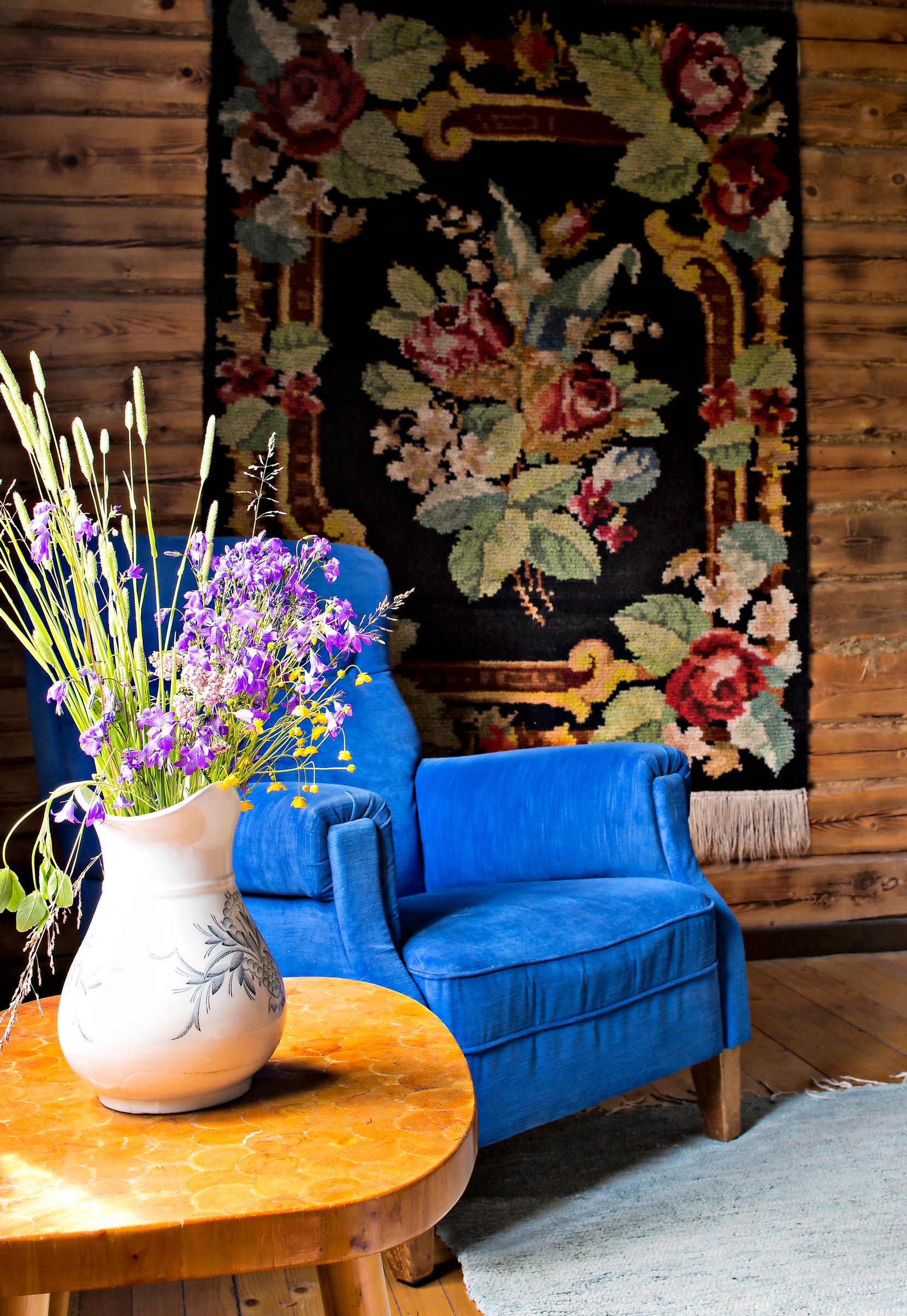
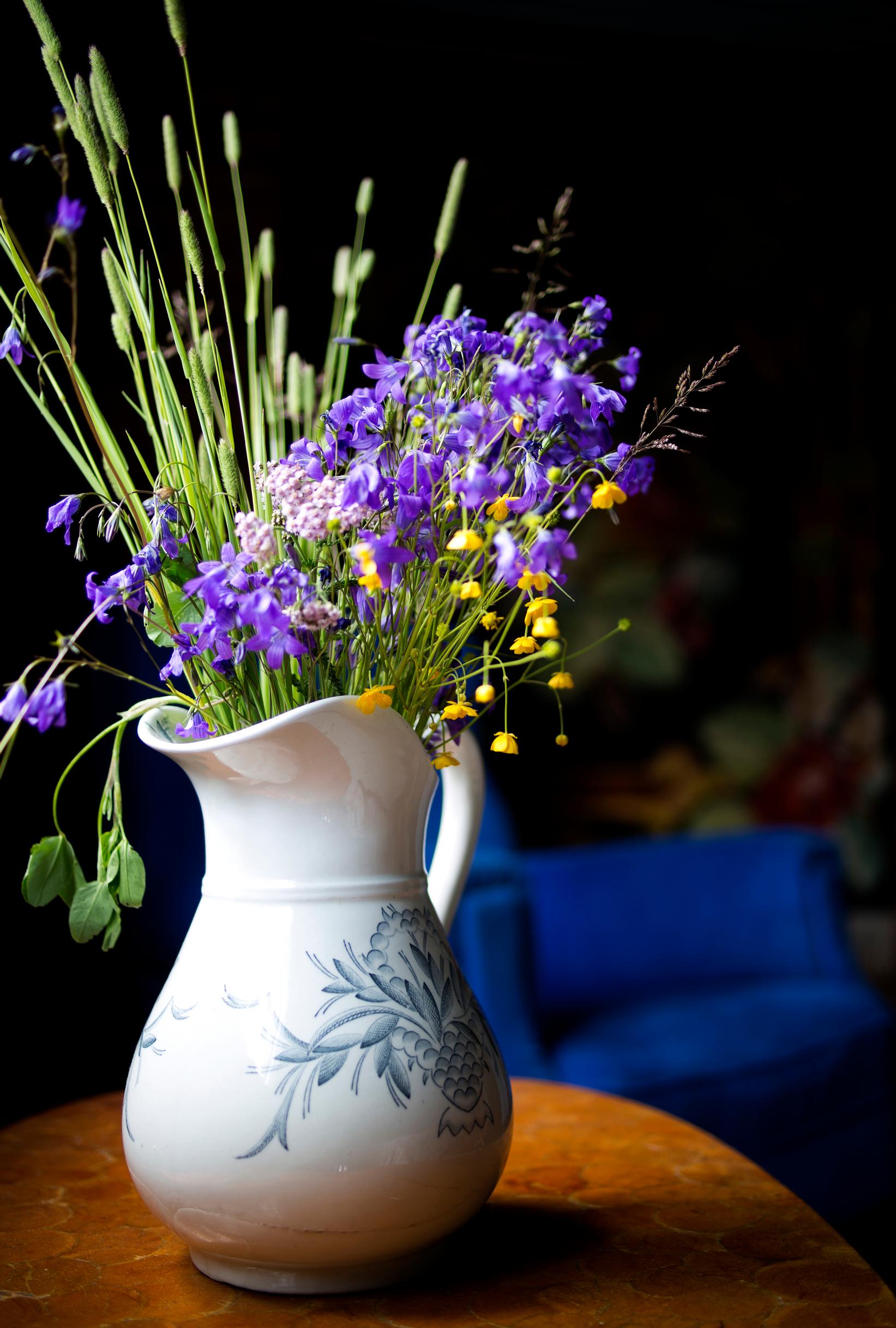
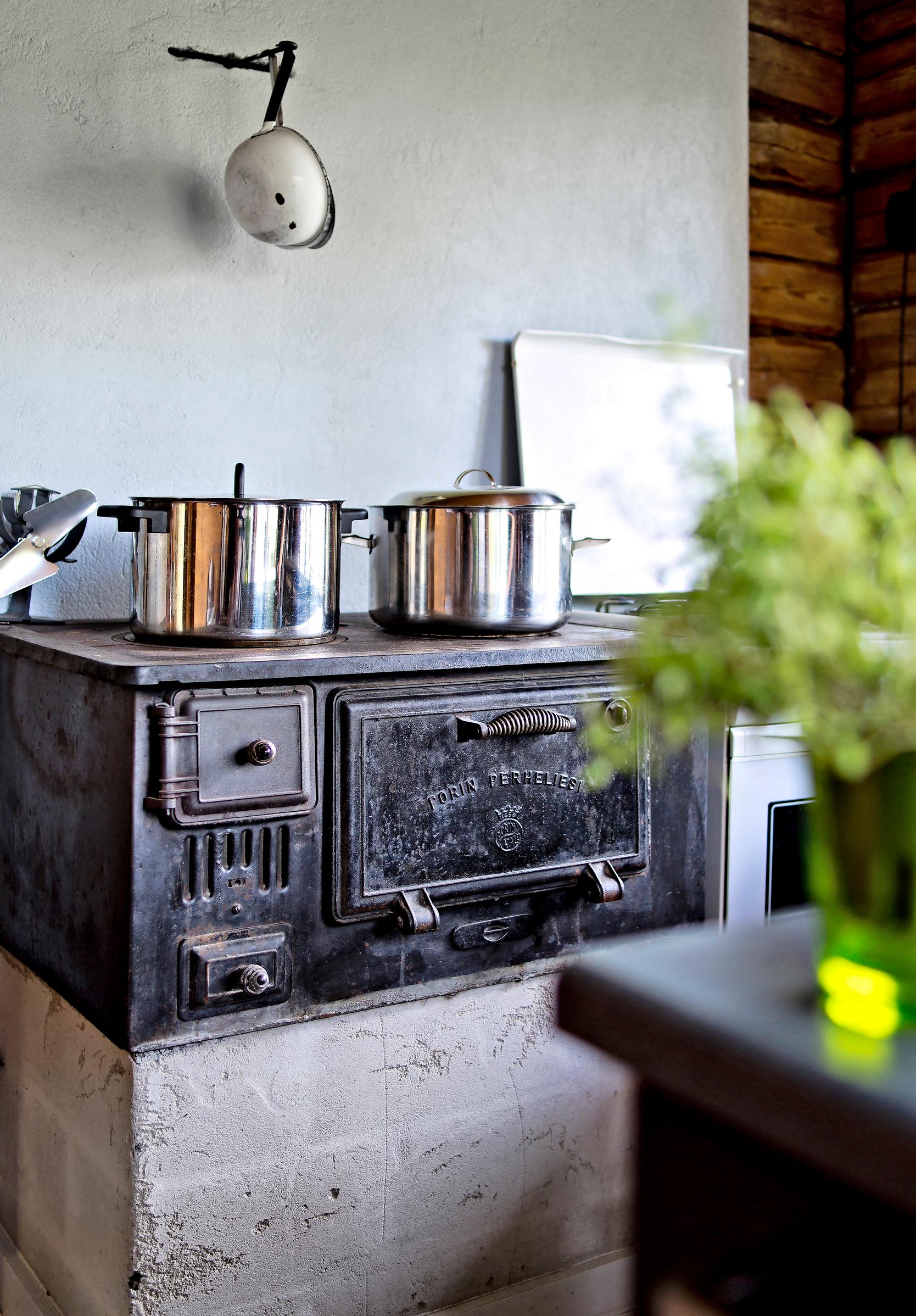
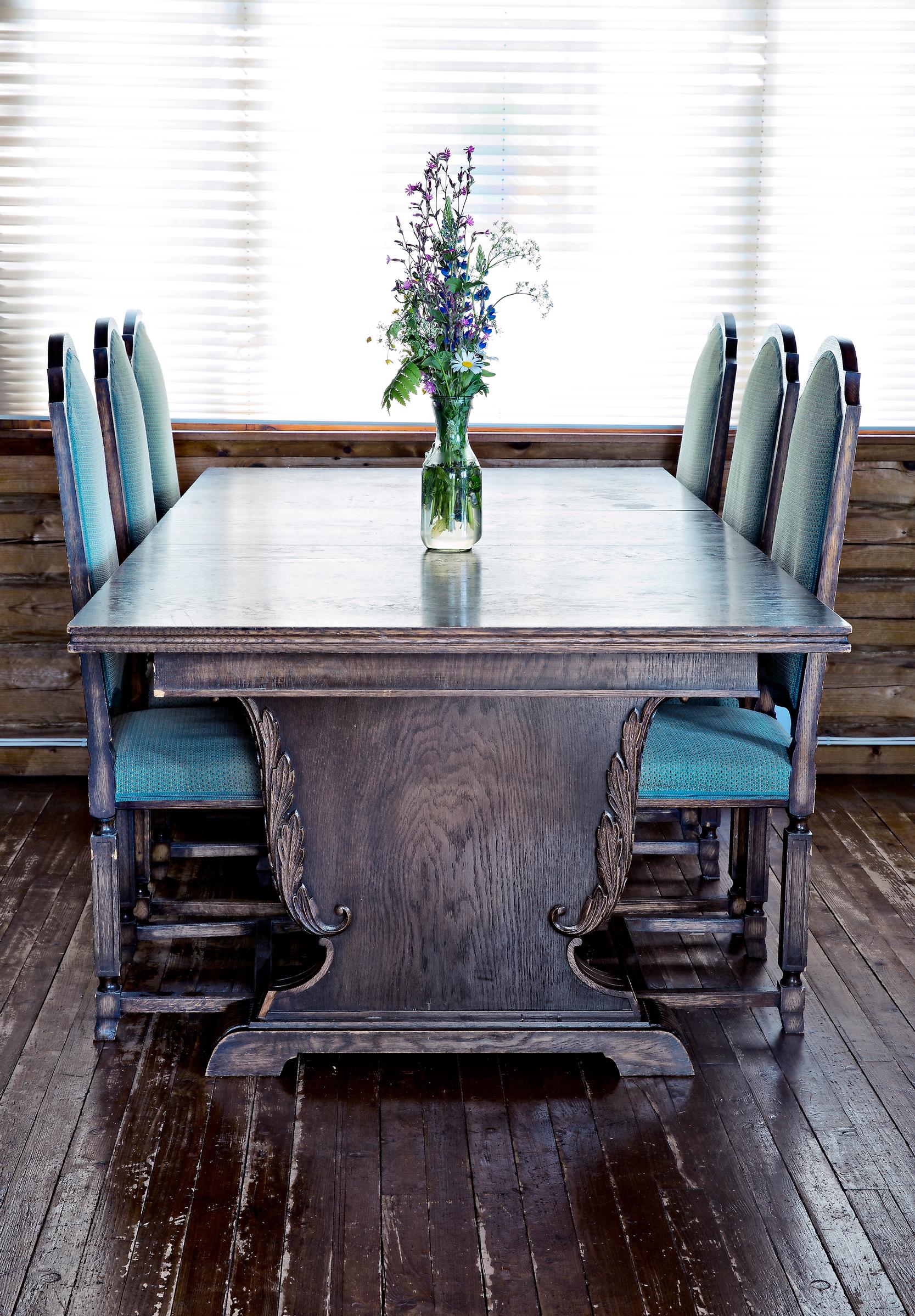
“One of the special features of the house is the great number of doors. You must always close them behind you if you want to move forward.”

The kitchen has a magnificent view of the lake. The large windows boast the original blown glass panes. In a renovation about ten years ago, only the original cast-iron stove was left in the kitchen, and water was brought inside from the garden.
“This is my favorite place. While washing dishes and listening to the radio, I can look out at the lake when the house quiets down in the evening,” Inari says.
One of the special features of the house is the great number of doors. Inari says that you must always close them behind you if you want to move forward. In Grandpa Kalle’s time, the house had a maid, and thanks to the doors, she could work in the kitchen undisturbed.
The two upstairs bedrooms are almost in their original state. The furniture and textiles are from the 1950s, inherited from Inari’s grandparents. The gray floor has been painted brown, and one bedroom has a blue theme at the demand of Kalle’s second wife, Rauha.
“I love watching sunsets from the upstairs balcony,” Inari says.
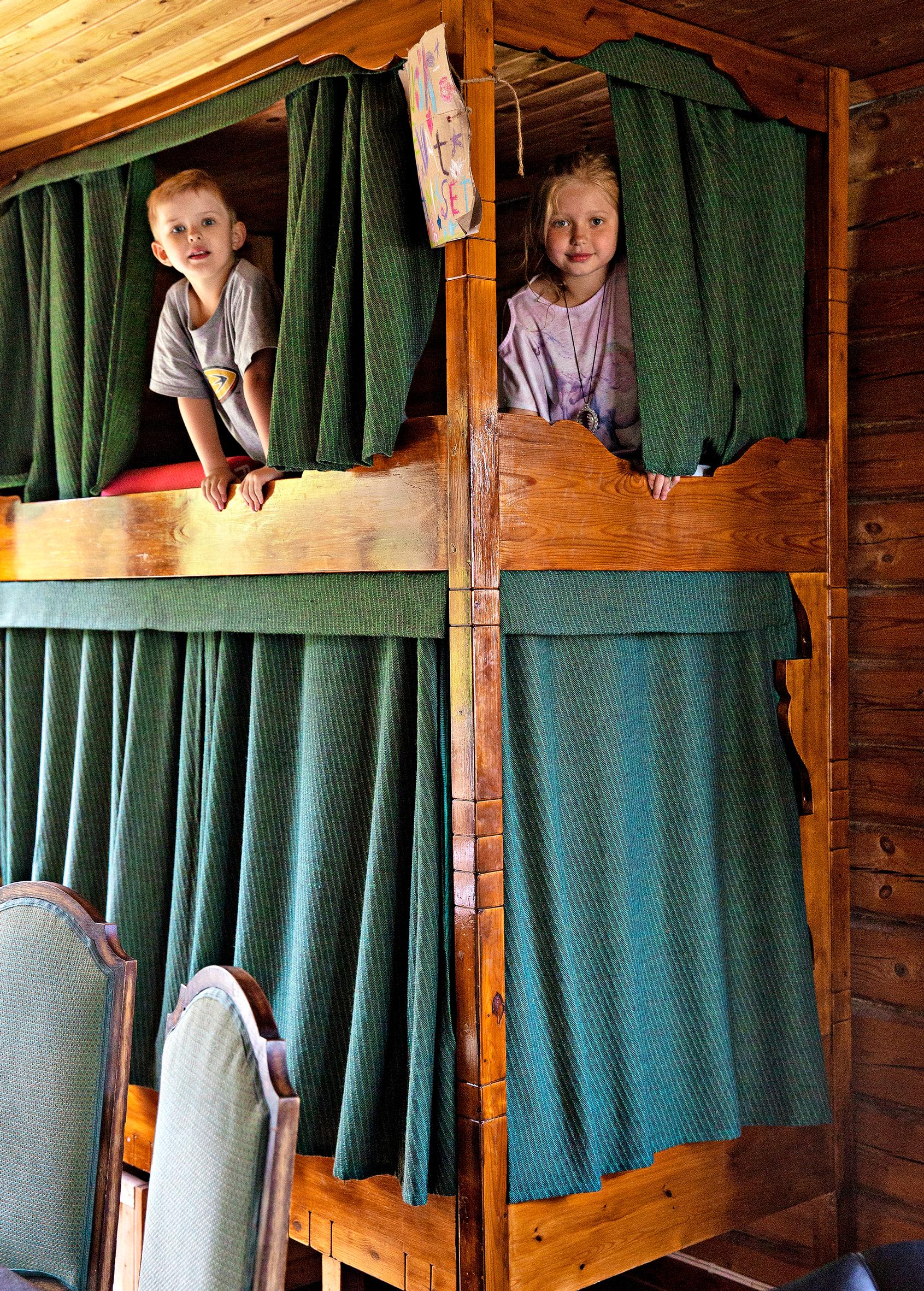
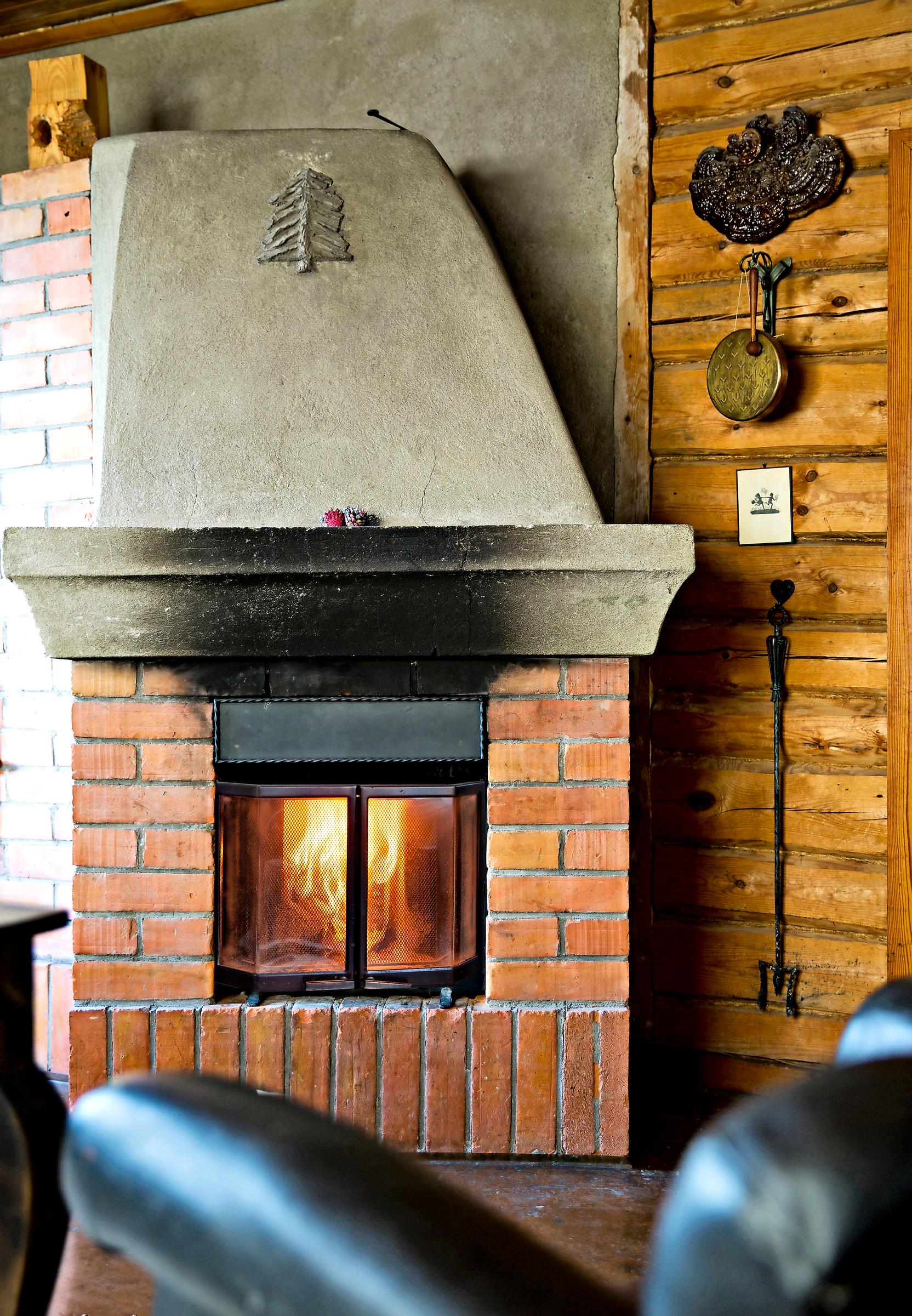
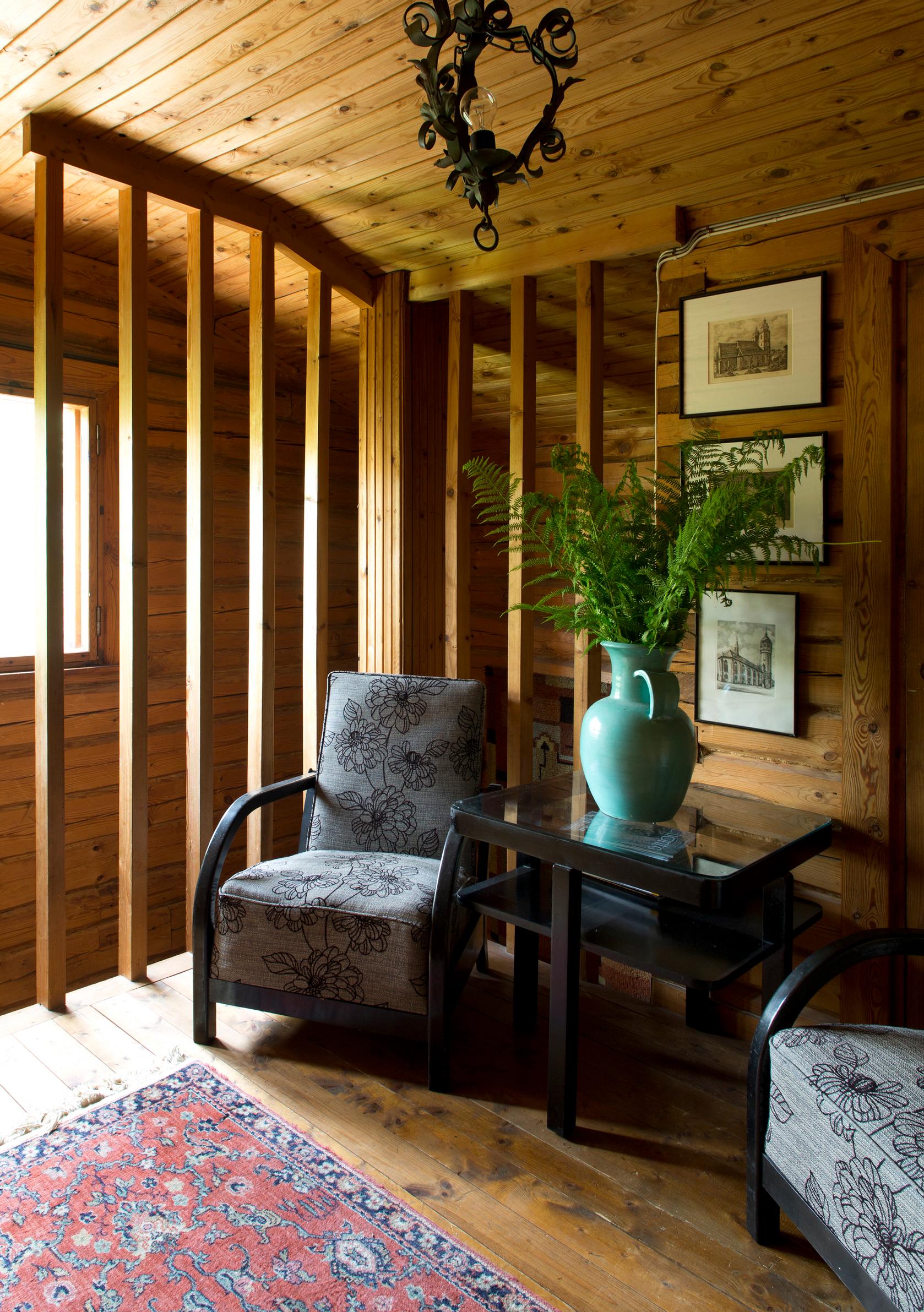

Inari comes from a cultural family, which is reflected in both the decor and the guests. Her first memories of Levonniemi are from the mid-1960s. Regular summer guests then included the artist Reino Hietanen, and as a result, his paintings now hang on the villa’s walls.
“The decor doesn't follow Aalto's style. I brought Artek's Domus chairs from our city apartment to the upstairs, and I've found some items in attics and at flea markets. The dining table, sofa, and coffee table in the living room are from the 1940s. Grandpa originally got the sofa and coffee table from writer Maila Talvio.”
Inari’s father was theater counselor Veikko Uusimäki. The family was still living in Turku in the early 1960s.
“My father founded the Samppalinna Summer Theatre. We moved to Lahti when he was appointed director of the Lahti City Theatre. Then we could come here more often.”
Kalle Kauppi died in 1961, and Levonniemi was inherited by Inari’s mother. The place was almost sold at that time. The villa remained in the family’s ownership partly thanks to summer guests. There are still plenty today, as the Kauppi family gathers at the villa regularly.
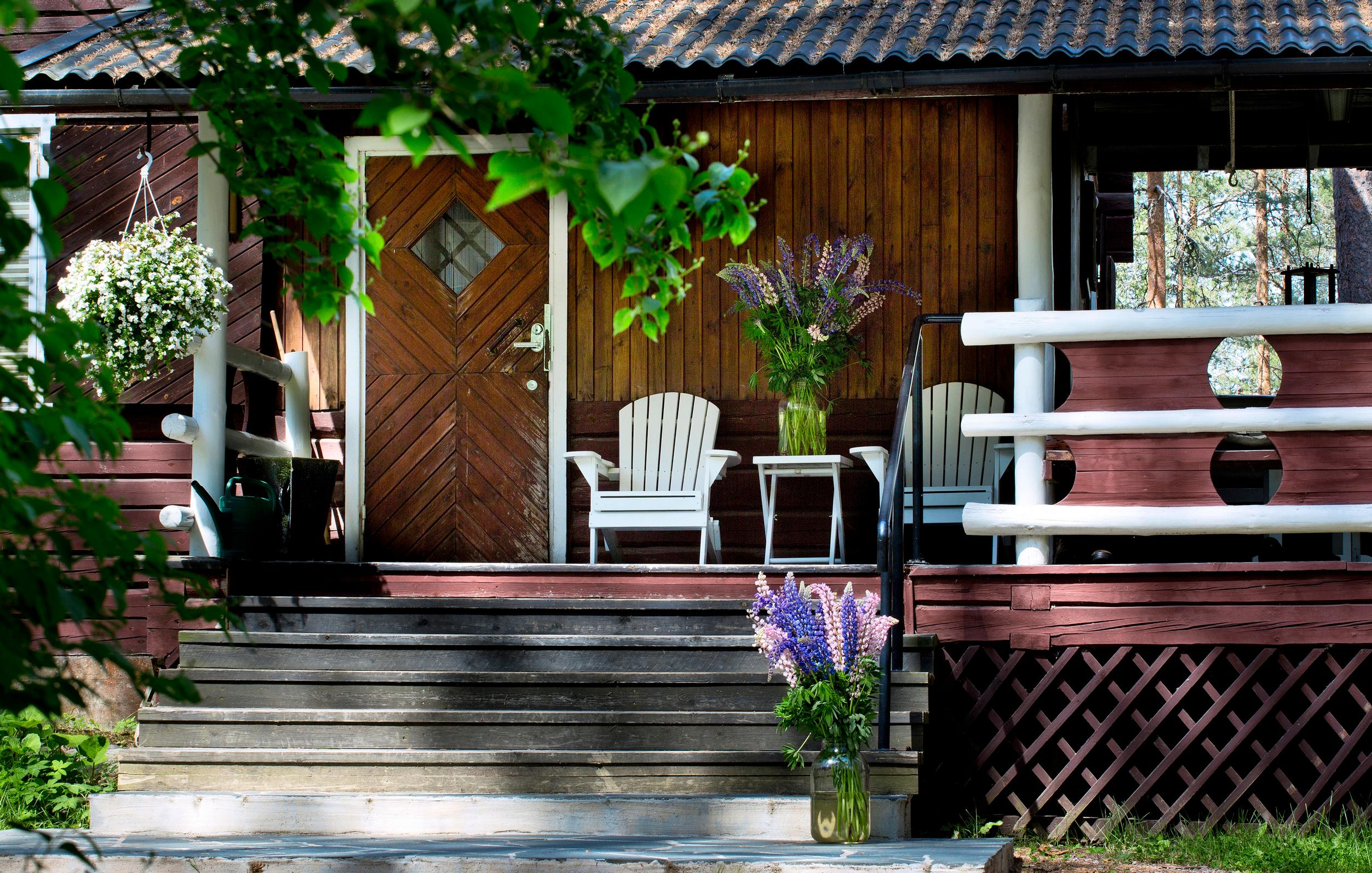
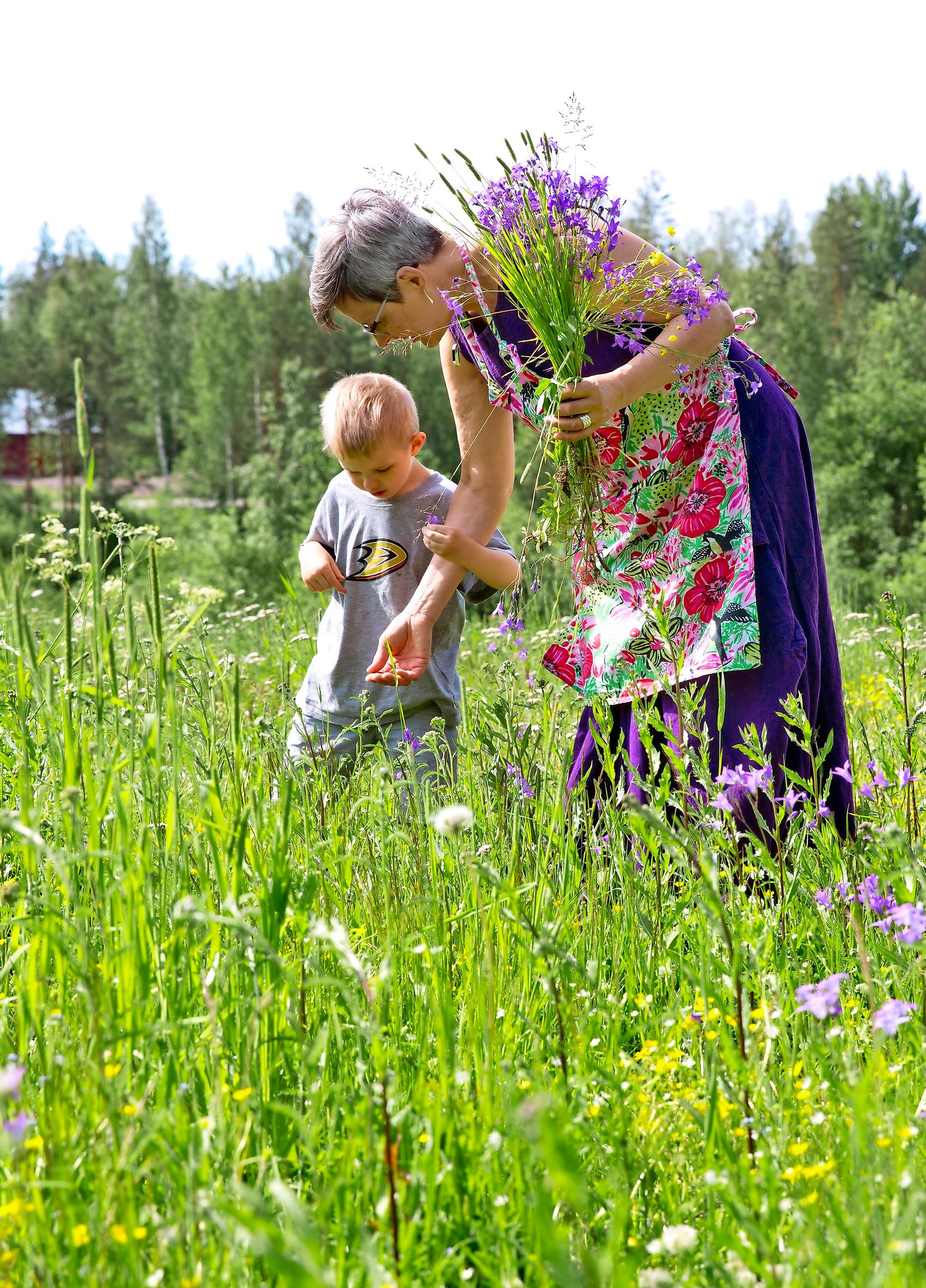
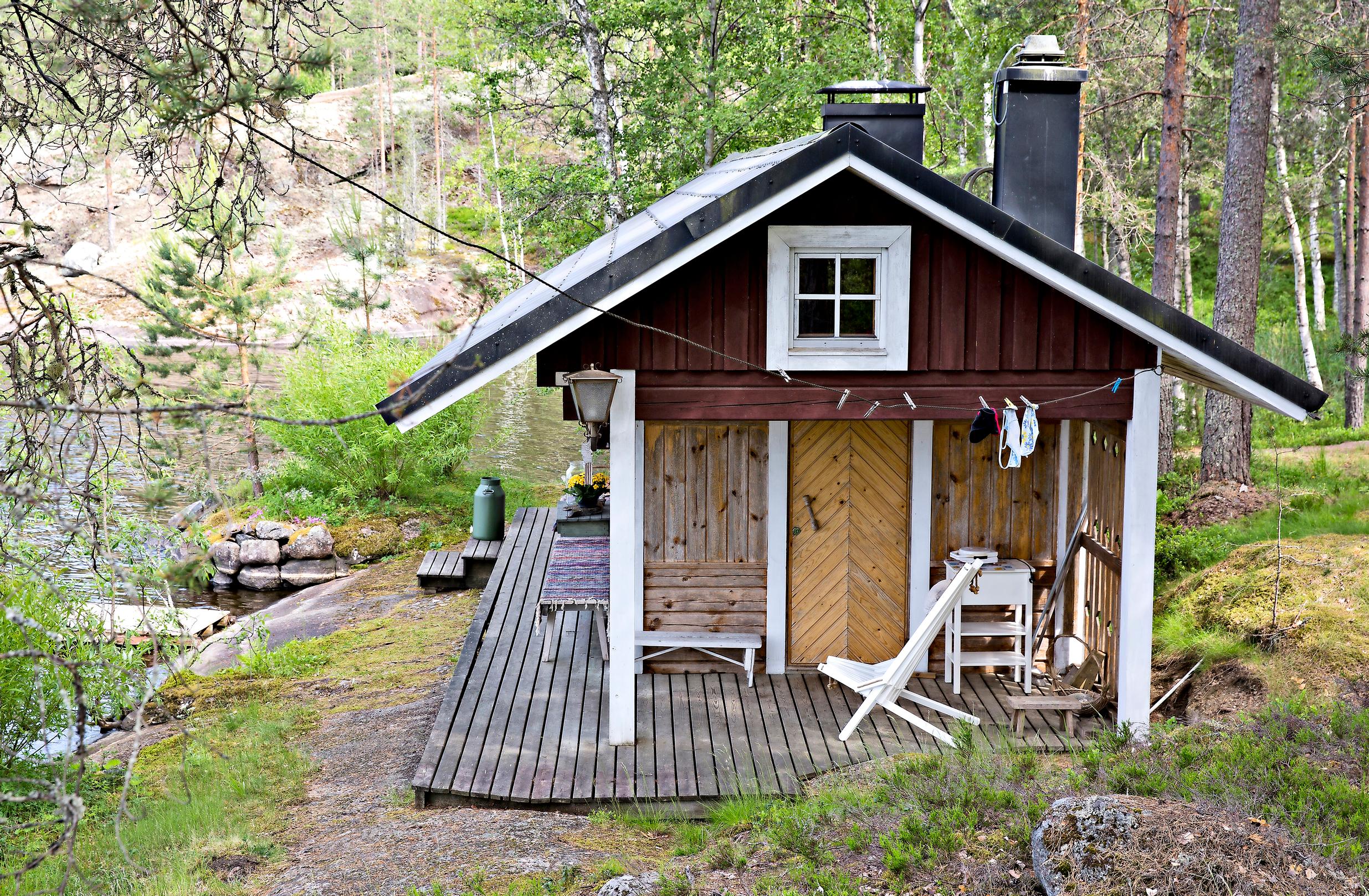
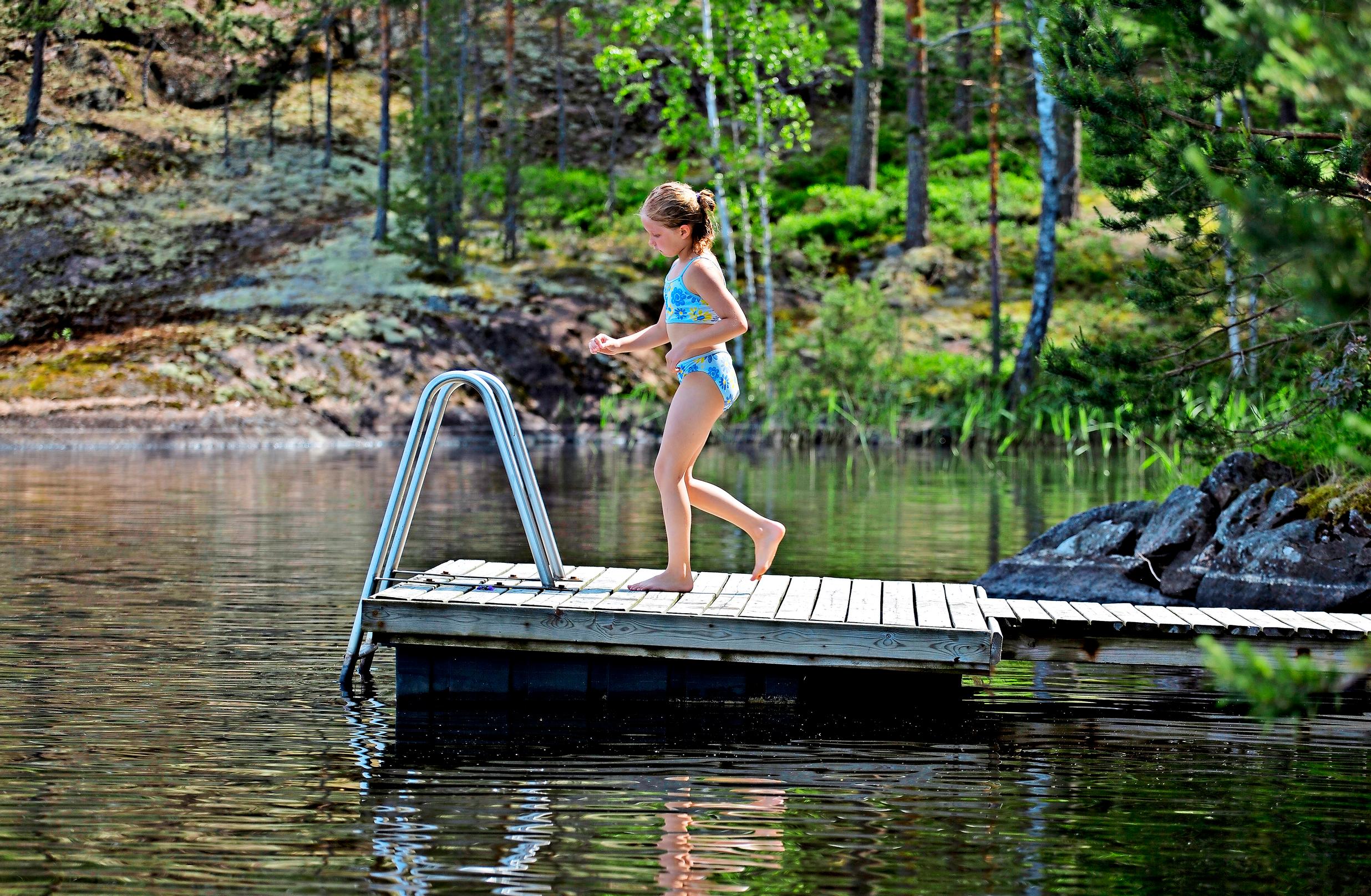
Levonniemi has always been a children’s paradise. Inari recalls spending time there even in winter.
“My brother and I skied, chopped wood, and carried water. There was no electricity, and we heated the house with oil. I always smelled like oil,” she reminisces.
What was especially exciting was reading the comics in Suomen Kuvalehti, a Finnish magazine discussing current events.
“The annual volumes from 1920–1934 had a comic strip called ‘Miss Alli and Mr. Junnu.’ That’s how bleak our childhood was,” Inari laughs.
Inari’s son Olli Rokkanen’s children, Aava, 9, and Luukas, 7, naturally associate cottage life with sauna and swimming.
“In my childhood, the sauna beach was a central place when we spent time with our cousins. And Grandmother always baked waffles in her red down jacket,” recalls Olli, now in his thirties, whose teenage years didn’t distance him from the family’s summer idyll.
“Nowadays this is a perfect spot for doing woodwork. I just have to remember to ask Mom about cutting down trees,” Olli chuckles.
The division of labor is clear at the cottage. Inari takes care of catering, and her spouse Markku Salo is the sauna master.
“I also keep an eye on the kids when they’re swimming,” Markku points out. Inari and Markku are both retired, so they spend long periods of time from spring to autumn at Levonniemi.
